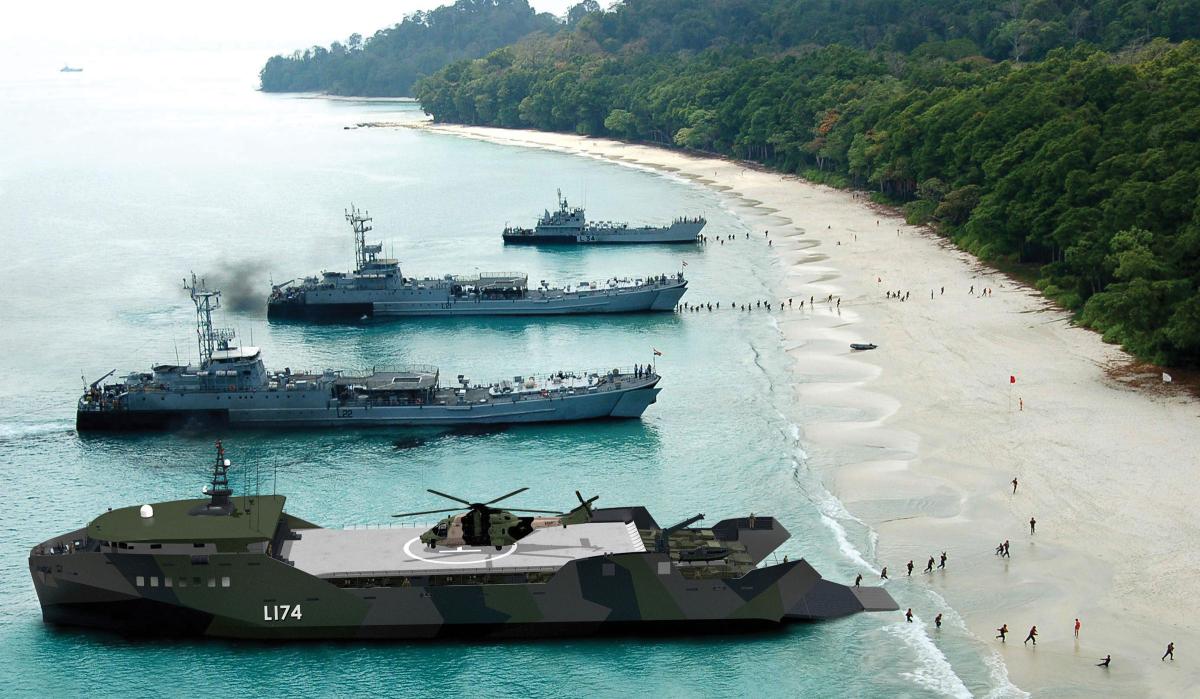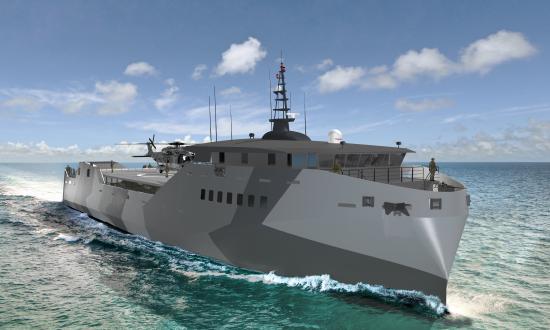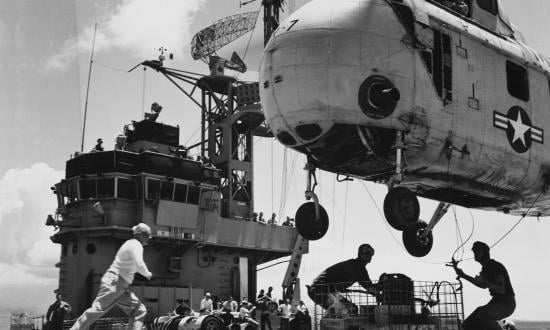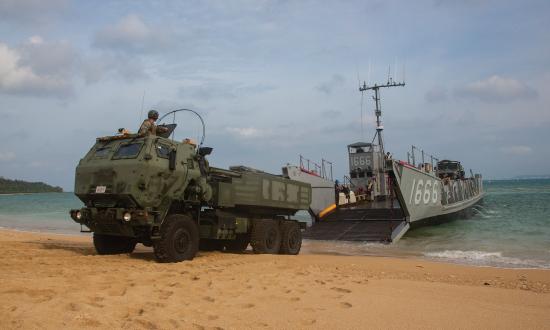Congress is unlikely to spend $3 billion to purchase 30 light amphibious warships (LAWs) designed for a single role—maneuvering land-based Marine Corps antiship missile systems around the littorals to support sea control. It might, however, invest in a multirole platform that contributes in both the contact and blunt layers during competition or armed conflict.
No Navy officials, requests for information to industry, or commentary from defense analysts have suggested that the LAW will operate embarked Navy and Marine Corps systems from on board ship, but this capability is essential. Without it, the LAW is a single-role platform dependent on land access to support sea control operations. Adversaries could exploit this dependency by coercing U.S. allies and partners to deny access to U.S. naval forces, thereby taking the LAW out of the sea control fight.
The Navy’s 4 December 2020 pre-solicitation to industry indicated the LAW is designed to support the Maritime Littoral Regiment by providing direct conveyance to the beach, making its primary purpose moving people and things from point A to point B.1 The assumption inherent in the notice is that LAWs will have access to land. This single point of failure would be obvious to China and other adversaries: Preclude land access and you degrade the U.S. naval force’s ability to execute sea control. China’s Belt and Road Initiative and rapidly growing military capabilities are powerful levers to coerce countries to deny access to U.S. naval forces.
Marine Corps antiship missile systems are irrelevant to sea control if they cannot get ashore within range of key maritime terrain when competition transforms into conflict. Operating them from on board a LAW keeps them in the sea control fight when they cannot get ashore.
The LAW’s inability to deploy embarked Navy systems at sea further diminishes its effectiveness in the contact and blunt layers. Embarking and launching small craft such as the Navy’s Mk VI patrol boat and the Common Unmanned Surface Vessel would make the LAW an important sensor, strike, and logistics node within an adversary’s antiaccess/area denial network. Manned small craft can conduct board-and-search operations to support partner forces in maritime gray zone competition within the contact layer. In the blunt layer, they could allow small Marine units to conduct over-the-horizon raids. They also could contribute to ship defense against adversary fast-attack craft in the littorals. Small manned or unmanned craft could conduct antisubmarine warfare by placing sonobuoy arrays and mine warfare by deploying mines. Without the ability to launch small craft, the LAW sacrifices these potential advantages.
The LAW could contribute in both the contact and blunt layers if it were able to embark and operate Navy and Marine Corps systems from on board ship and embark and debark Marine Corps equipment ashore. Having both capabilities would expand its utility to U.S. naval forces across the spectrum of conflict. Congress understands how adversaries can use economic, military, and political coercion to deny access to U.S. forces and may be reluctant to fund the LAW if the ship’s contribution to sea control depends on its access to land.
1. Naval Sea Systems Command, U.S. Navy Light Amphibious Warship (LAW) Concept Studies and Preliminary Design (Washington, DC: Department of the Navy, 2020).






